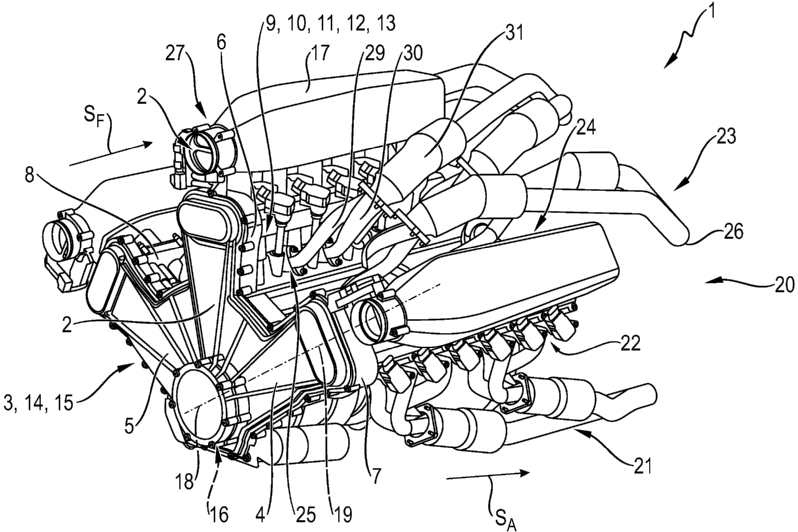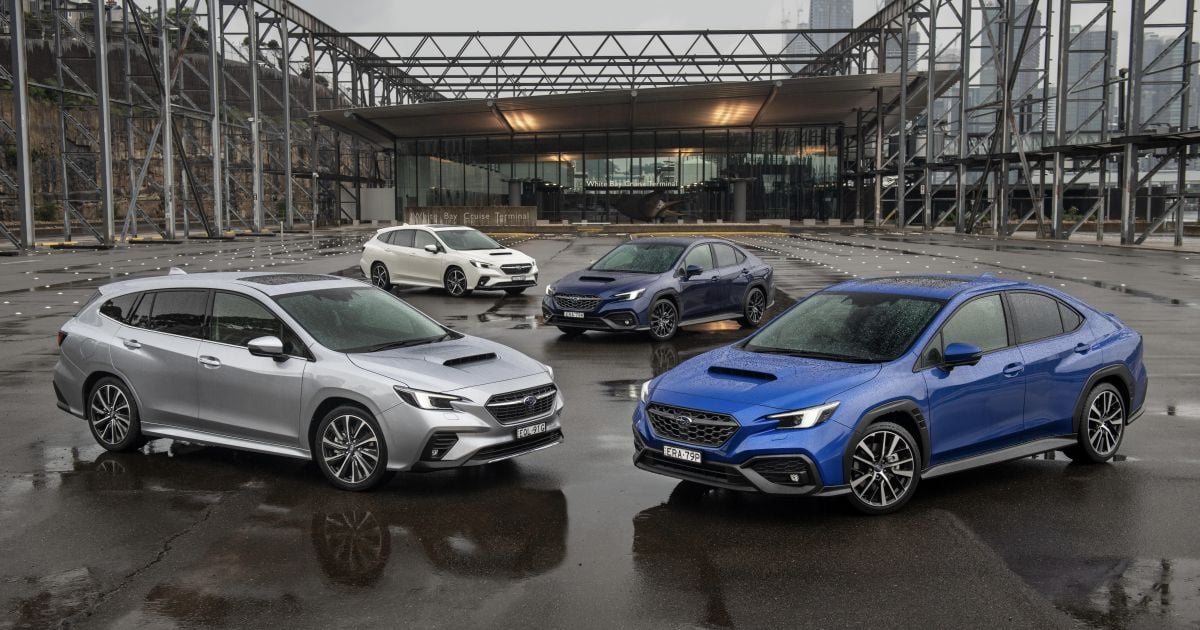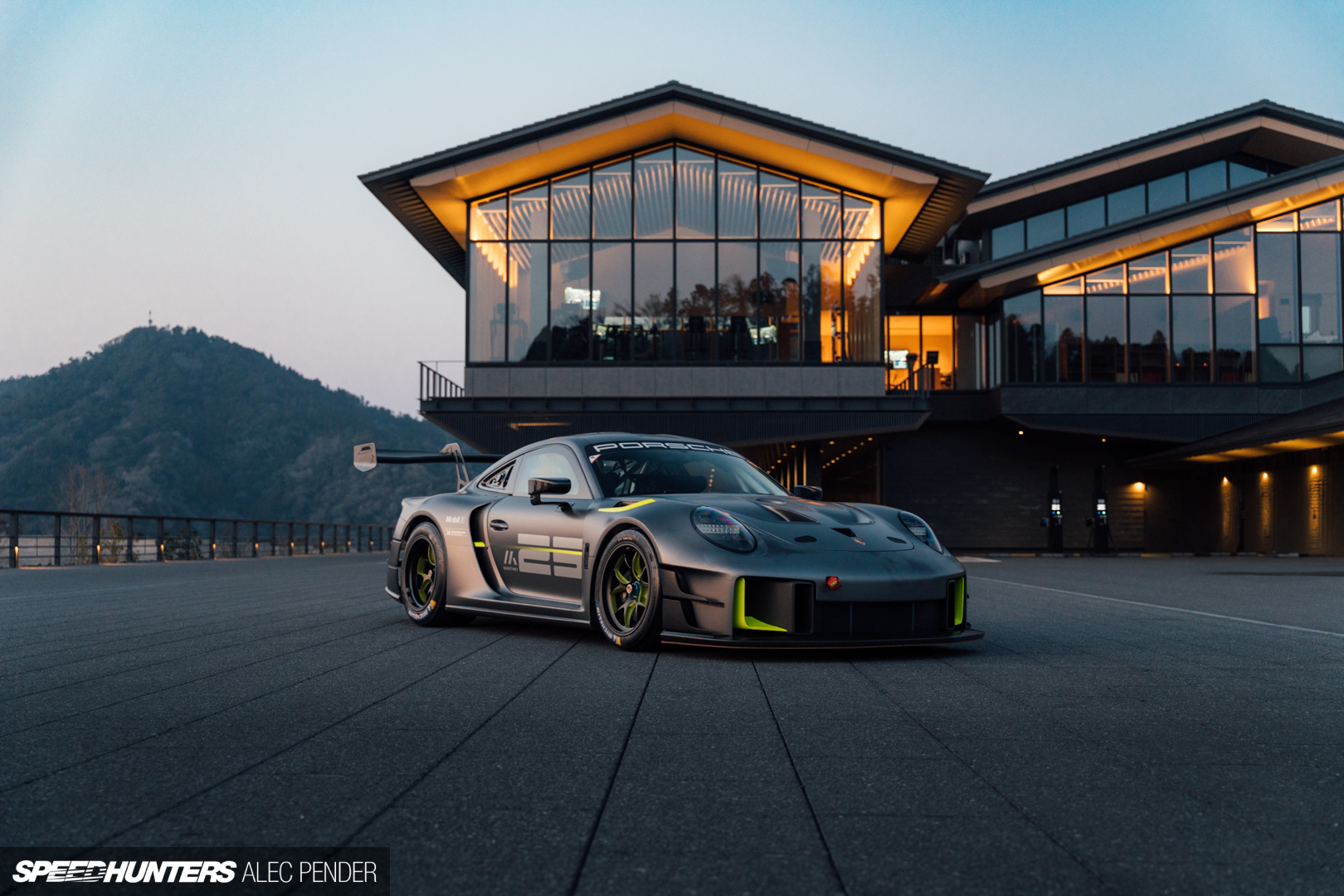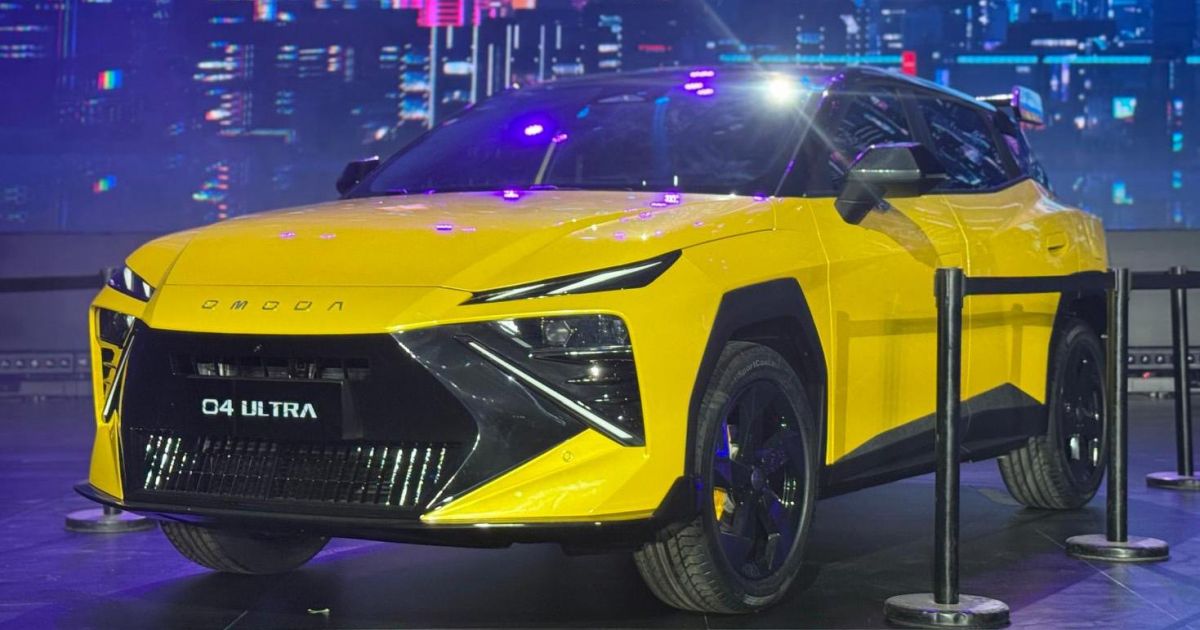Porsche has lodged a patent application for a W18 petrol engine – a highly complex “space optimised” internal combustion engine which could be used in a range of upcoming high-performance models, perhaps including a new hypercar.
A patent filing first lodged in April 2024 then published last week and now uncovered by Motor1 reveals detailed drawings of the new engine, which Porsche said could be configured in nine-, 15- or 18-cylinder layouts depending on the desired outcome and vehicle application.
Porsche – which named a new CEO last week – has not made any official comment on the filing, and it doesn’t necessarily mean the new engine design will be put into production, because automakers often lodge patents to prevent rivals beating them to similar concepts.
While the German performance car has made some cracking engines through its history including V8s, it’s most famous for its flat-six ‘boxer’ engine layout in the iconic 911 sports car.
CarExpert can save you thousands on a new car. Click here to get a great deal.
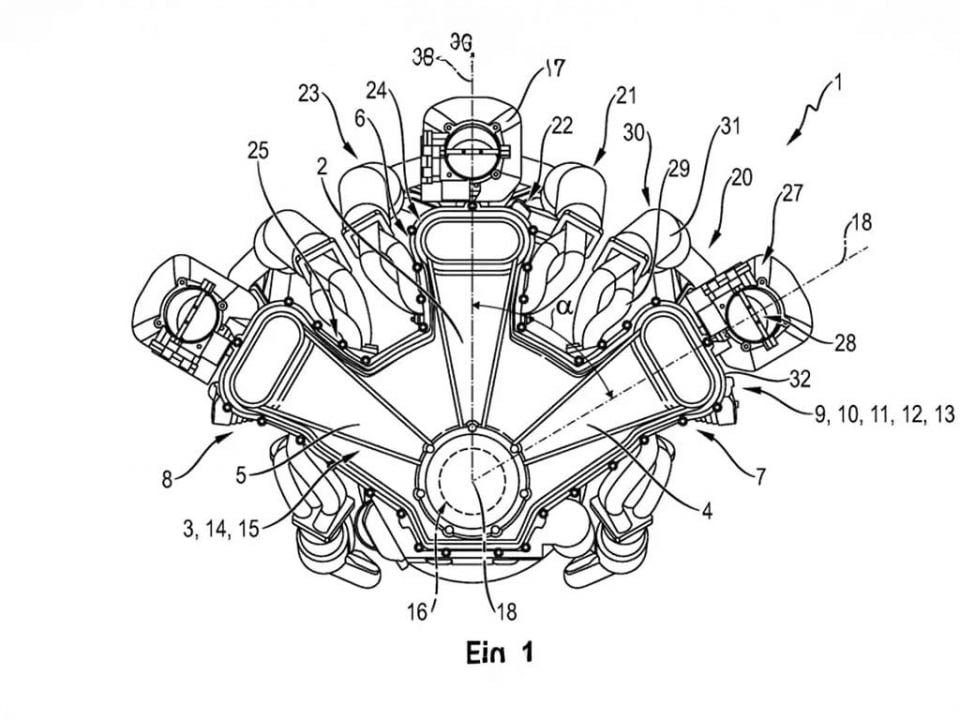
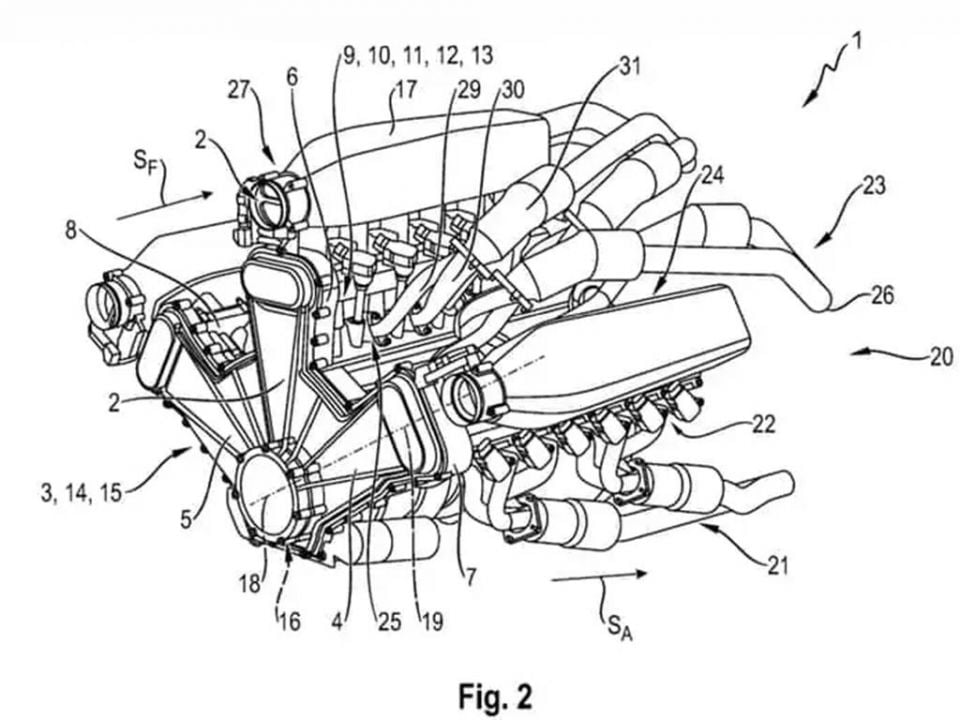
In designing the W18, it has incorporated three inline six-cylinder blocks sharing a common crankshaft.
The patent application says each bank is modular, so the engine can be reconfigured to include three (W9), five (W15) or six cylinders (W18) in each back, and each cylinder block is short to take up less overall space.
Porsche also explained in the filing that the layout allows efficient cooling, with the hot exhaust running below and between cylinders, away from cooler fresh air being piped into the top of the engine.
As explained by Motor1, this brings better performance and also enables turbocharging, with a potential triple-turbo W18 engine only needing physical space similar to a conventional straight-six engine.
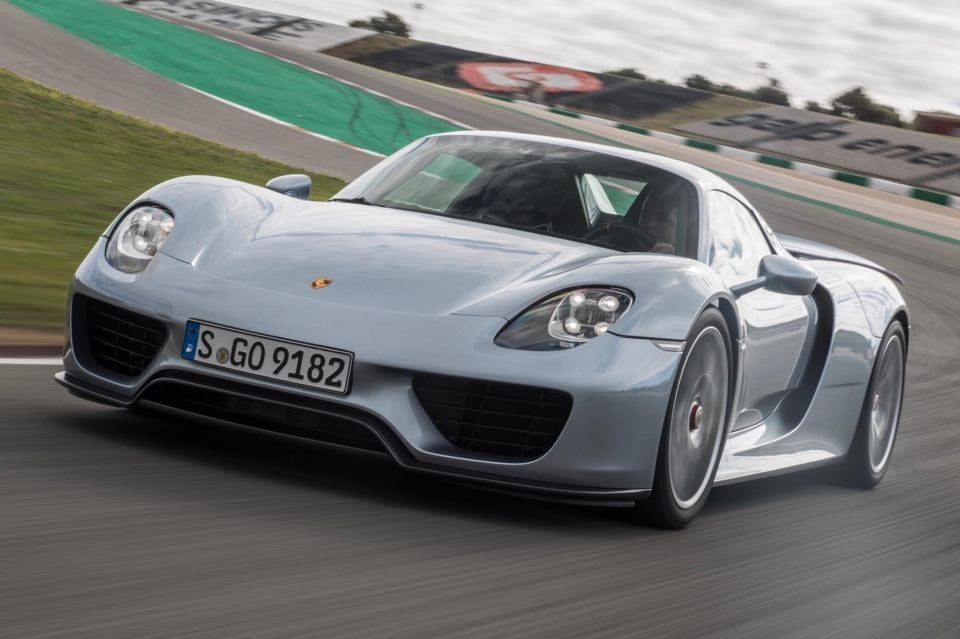
This would allow it to be installed in smaller vehicles than a V-engine, with the ‘W’ effectively formed by two overlapping vees – something seen in the Bugatti Chiron hypercar and other models from the Volkswagen Group, Porsche’s parent company.
The Chiron used an 8.0-litre quad-turbo petrol W16 engine designed by legendary engineer Karl Piech. Effectively formed by a pair of narrow-angle V8s, it developing 1177kW of power and 1600Nm of torque.
The powertrain helped the Chiron Super Sport 300+ take over from the Bugatti Veyron – which used an earlier version of the same engine – as the world’s fastest production car, with a top speed 490.48km/h.
The W16 will make way for a V16-based plug-in hybrid powertrain in future Bugatti models, with the final iteration of the W16 powering the Bugatti Brouillard and Mistral models.
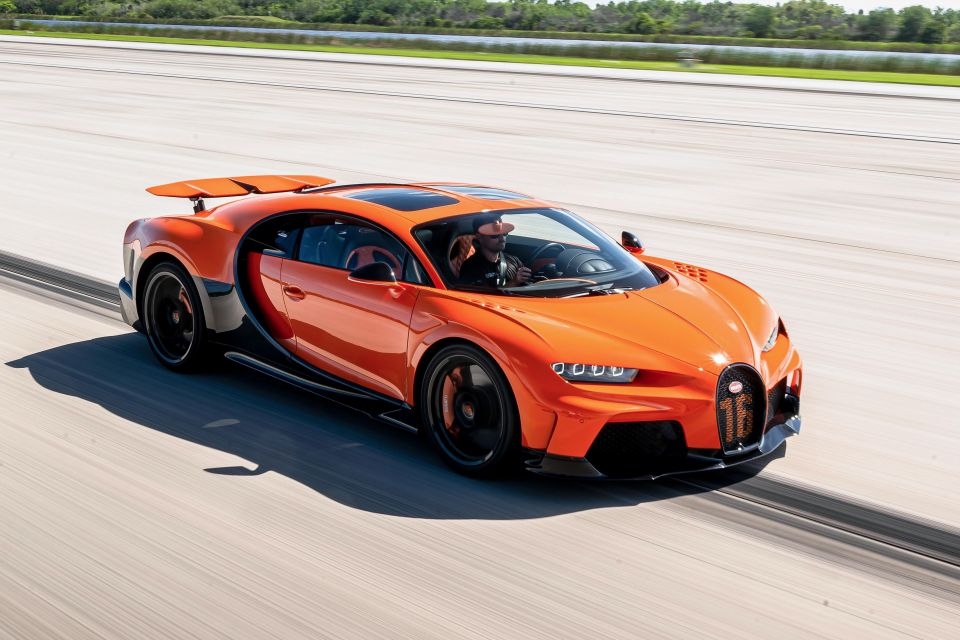
Volkswagen also put a 6.0-litre 72-degree W12 engine into production in 2001. It was used in a raft of models including the Audi A8, the Bentley Continental GT, and the recently discontinued Volkswagen Touareg.
The last W12 engine was fitted in the 2024 Volkswagen Phaeton large sedan, a model not sold in Australia.
Volkswagen has also played with narrow-angle V6s in performance models including the Golf R32 and Passat R36, which employed a space-saving 15-degree bank angle.
Porsche recently wound back its previous electric vehicle (EV) sales targets, and confirmed it will continue to produce petrol versions of the next-generation 718 Boxster and Cayman sports cars, which were intended to be EV-only.
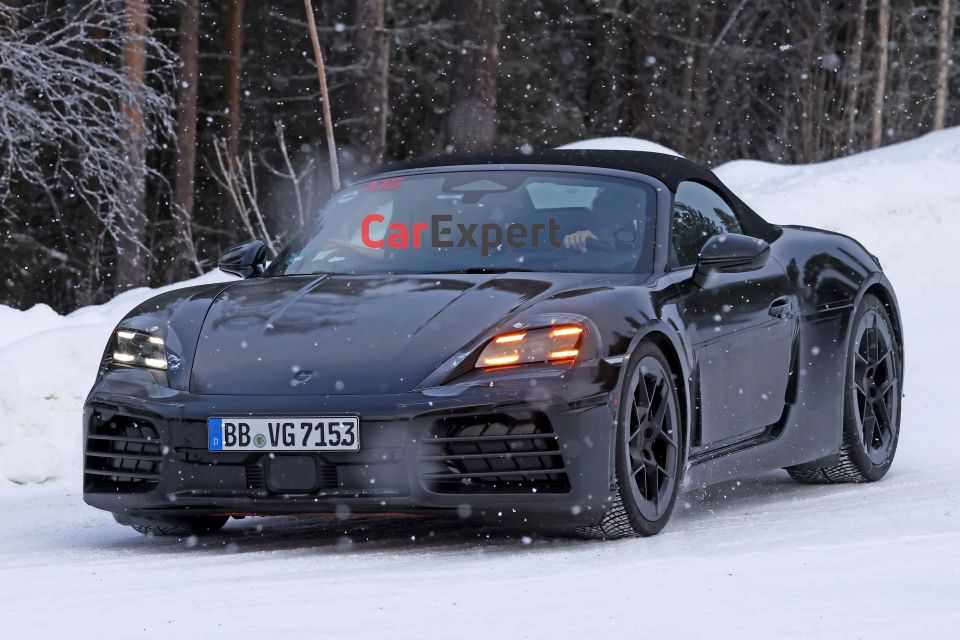
In September, it also announced the cancellation of plans for an all-electric new flagship SUV codenamed K1, which will now be offered with plug-in hybrid power, amid what the automaker described as “new market realities”.
The revised strategy came after now-departing Porsche CEO Oliver Blume admitted the company’s business model “no longer works”.
Porsche’s last street-legal hypercar, the 918 Spyder, was produced between 2013 and 2015, and powered by a 4.6-litre V8-based plug-in hybrid system. Its successor was potentially previewed by the sleek all-electric Mission X concept in 2023, so whether this new W engine powers a future hypercar instead – or nothing at all – remains to be seen.
MORE: Explore the Porsche showroom
